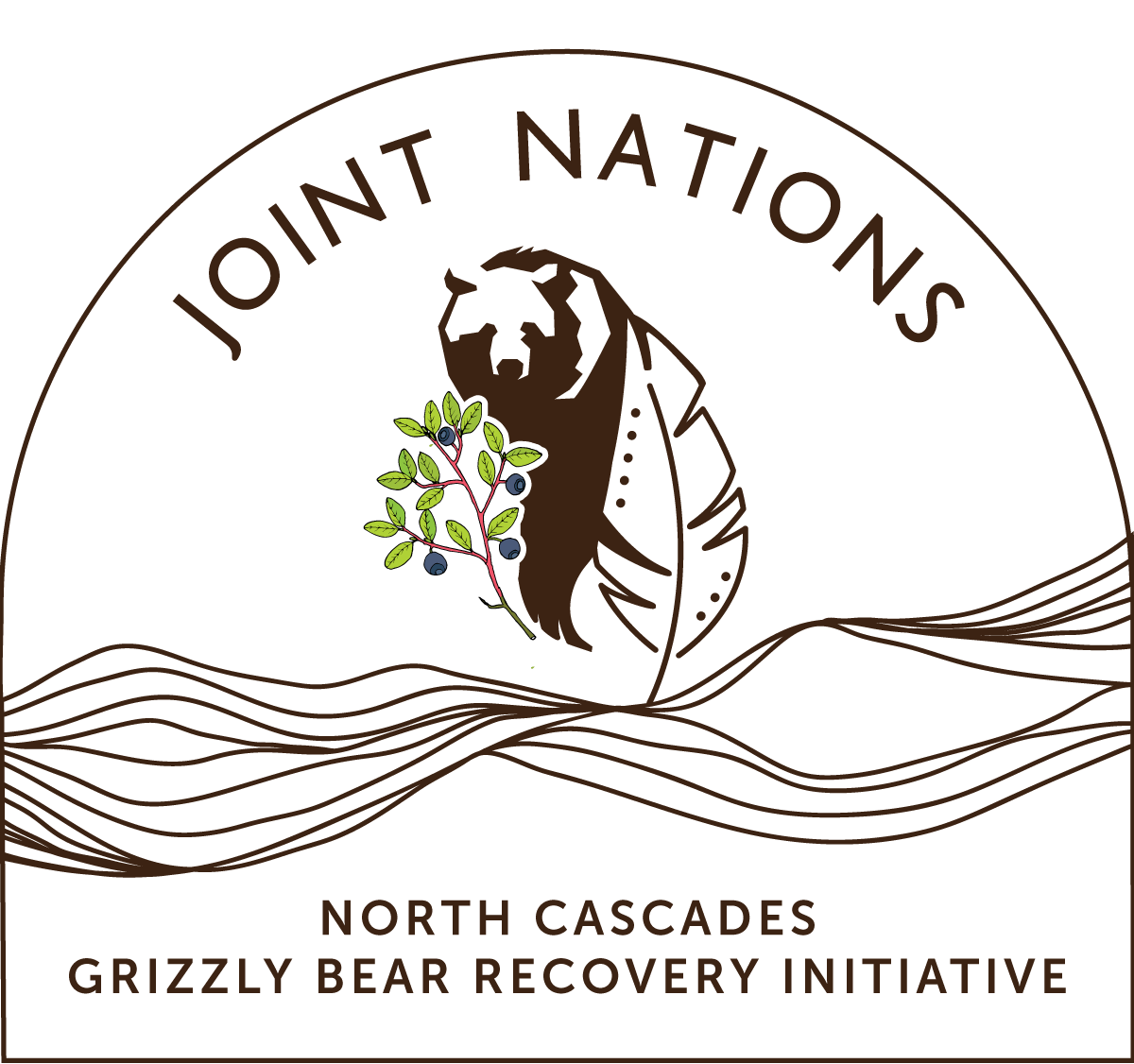Grizzly Bear reintroduction was proposed in 2004, but has been a timely implementation process due to government change and little communication and engagement from them. Over the last 20 years, we have gained crucial knowledge and perspective in our work. We also have a deeper understanding of reconciliation working with Indigenous Peoples and are applying these lessons to our current research and planning approach.
Grizzly Bears have been a part of the North Cascades landscape for thousands of years and hold a special spiritual connection and significance with Indigenous Peoples in the area. The Joint Nations have a strong commitment for reconciliation in healing towards the land and restoring the ecosystem, in which Grizzly Bears play a crucial role. Grizzly Bears being reintroduced into the region would be a huge step forward in restoring a piece of the Pacific Northwest’s natural and cultural heritage. Not only are they a key part of the ecosystem with a role in keeping small animal populations in check, turning soil in efforts for roots and other foods, but they are linked to landscape resiliency, which is severely threatened by climate change. Their presence in the area are indicators of a healthy, resilient, and diverse habitat. Protection of Grizzly Bears = protection for a vast range of species. With the reintroduction of Grizzly Bears in the area, we can collectively move forward with reconciliation in an amazing way.
Bear safety is an essential component of community engagement and will be a top priority for the communities in the region and those who work on the land. The region is home to not only Grizzly Bears, but also a healthy population of Black Bears. If the United States begins to reintroduce Grizzly Bears, then communities, governments and recreationists will need to make an effort to improve the human-to-bear coexistence in a healthy way. The safety of both bears and humans is top priority. In efforts to address this concern, the Joint Nations Grizzly Bear Initiative has developed a draft stewardship strategy that includes initiatives around human-to-bear risk management and will be shared on this website shortly.
Communication and relationship ties with the United States is critical as we move forward because Grizzly Bears will naturally cross the border and could easily cross the border if reintroduction occurs in Canada. But, if the United States does not go ahead, the process in British Columbia will continue. The Joint Nations are confident in the data and reconciliation-based reasons to continue with Grizzly Bear reintroduction in British Columbia.
There are no natural barriers in the North Cascades ecosystem. Therefore, Wildlife – including grizzly bears – will cross between the US and Canada.
Introductions in the U.S. provide an important opportunity for collaboration. The U.S. government, First Nations in BC and the Province of BC will coordinate grizzly bear reintroduction on both sides of the border in a way that benefits the environment, Indigenous culture and Reconciliation – and that moves us forward in making the land whole again.
Grizzly bears are an essential part of the ecosystem in this region. If things move ahead on the U.S. side, the Joint Nations will be a part of the planning and implementation to have a voice and decision-making abilities in this important initiative.
There are 3 main reasons why the reintroduction of Grizzly Bears is being considered and that is reconciliation with Indigenous people, the U.S Environmental Impact Statement (EIS) Process, and restoration of integral ecosystem components.
Okanagan Nations Alliance is leading this project in collaboration with Stó:lō, Nlaka’pamux, St’át’imc, Syilx, and the Secwepemc Nation, multiple provincial government ministries, the Coast to Cascades Grizzly Bear Initiative and other subject matter experts to assess the feasibility of grizzly bear recovery in the North Cascades.

